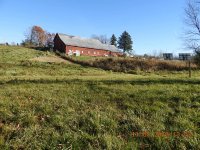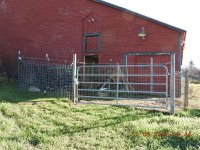- Thread starter
- #31
Bruce
Herd Master
OK, potentially stupid question: Does it matter if you put the cattle panels with the vertical or horizontal wires on the animal side?
Also, I think it is "normal" to hang them with the 2 shorter vertically spaced wires on the bottom. Is there a specific reason to do that, or NOT do that?
Thanks
Also, I think it is "normal" to hang them with the 2 shorter vertically spaced wires on the bottom. Is there a specific reason to do that, or NOT do that?
Thanks








